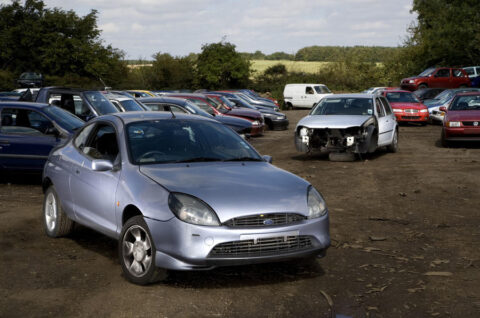Category S
Formerly called Category C, Category S write-offs encompass vehicles that have received structural bodywork damage – a bent chassis or creased door frame, for example – but that can be repaired and put back on the road.
It’s important to note that, although a Category S write-off is among the least severe, the vehicle will be deemed unsafe for use until it has been professionally repaired.
Category N
The designation named Category N write-off replaced the old Category D and is used to describe vehicles that have received non-structural damage that the insurer has deemed not worth repairing.
Though the damage may be less visibly severe than a Category S write-off, ‘non-structural damage’ could affect the electronics, brakes, suspension or mechanics of a car, so it will still usually need rectifying before it goes back on the road.
As it is normally relatively easy to repair this level of damage, many Category N write-offs can be found in the classifieds, and shouldn’t cost much more to insure than a non-damaged car.
What happens after a write-off?
When an insurer is notified that a vehicle has been damaged, it will assess the damage to determine whether it should be written off, and to what extent.
An insurer will offer the owner an agreed market value for the damaged vehicle and take legal possession of it until it is sold or scrapped. If the owner wishes to keep the vehicle – whether because it is only a Category N write-off and it can still be driven, or because they are able to repair the damage for less than the cost of a replacement – they can refuse the offer and keep the car.

